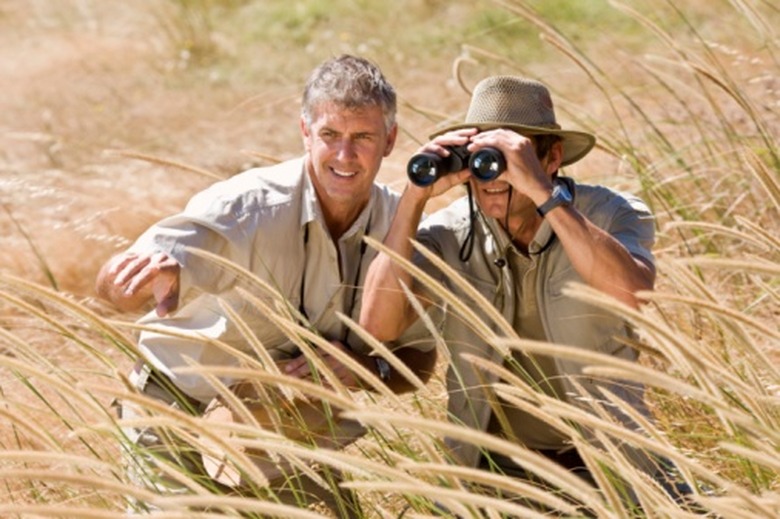How To Describe The Grassland Biome
The grasslands biome can be found in just a handful of places around the world, in the North American prairie, the steppes of Eurasia and some parts of South America. Other grasslands are considered savannahs for their sprinklings of trees. Historically marked by light rainfall and temperate climate, grasslands and savannas have given rise to a unique variety of flora and fauna. Describing this type of biome will require a familiarization with the different environmental factors that make it a unique ecosystem.
Step 1
Identify the grasslands biome you seek to describe by geographical region. Note that many African grassland prairies are actually classified as "savannas," but large swaths of North America, Eurasia from Russia to India, and South America's Chile and Peru are classified as part of the grasslands biome.
Step 2
Gauge the range of precipitation in the region you're trying to describe. According to Marietta College, temperate grassland biomes receive between 8 and 40 inches annually. The more rainfall and relative humidity, the closer the biome gets to becoming a temperate savannah with more bushes and trees.
Step 3
Analyze the historical temperature ranges for the grasslands region. Grasslands are hot in the summer and frigid in the winter.
Step 4
Describe the plants native to the grasslands region. In North America, this ranges from ironweed and thistle to hundreds of species of grasses. The flora species will vary widely according to the continent and even the region, if temperature differences are evident. An example: The northern and southern sections of the North American grasslands biome exhibit far different climates and levels of rainfall, so different types of plants thrive in each area.
Step 5
Present an overview of the larger animals that still manage to call the dwindling grasslands biomes home. In North America, this includes species like the American bison, gophers, field mice and a range of smaller snakes and amphibians. In Eurasia, Przewalski's horse is an iconic species. African and Australian grasslands, though technically classified as savannas for the shade from an occasional tree, have more vibrant animal populations, from lions, hyenas and kangaroos to zebras, rhinocerous and giraffes.
Step 6
Factor in the environmental concerns associated with the grasslands biome. According to the University of California Museum of Paleontology, temperate grasslands are on the decline worldwide due to excessive farming and animal grazing.
Cite This Article
MLA
Harkins, Dan. "How To Describe The Grassland Biome" sciencing.com, https://www.sciencing.com/describe-grassland-biome-8282657/. 22 November 2019.
APA
Harkins, Dan. (2019, November 22). How To Describe The Grassland Biome. sciencing.com. Retrieved from https://www.sciencing.com/describe-grassland-biome-8282657/
Chicago
Harkins, Dan. How To Describe The Grassland Biome last modified March 24, 2022. https://www.sciencing.com/describe-grassland-biome-8282657/
